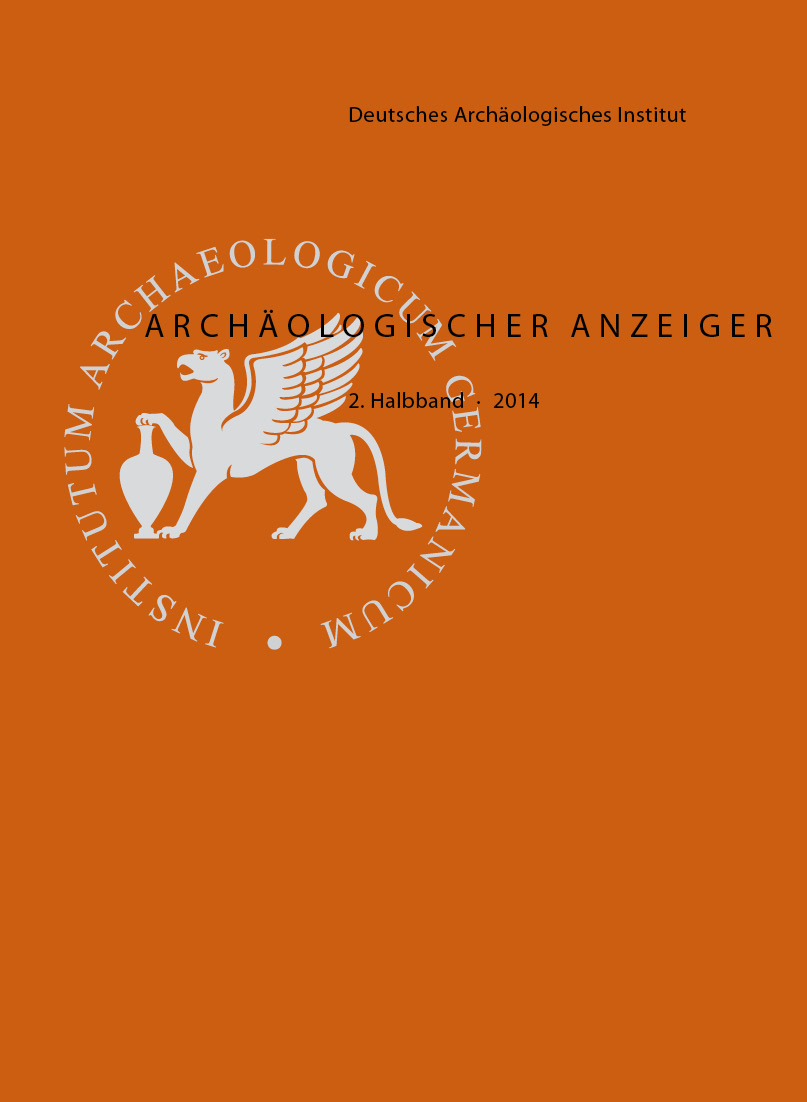Pergamon – Report on the Projects of the 2013 Campaign
https://doi.org/10.34780/f10e-0cf1
Abstract
The projects of the Pergamon Excavation in 2013 focused on the Hellenistic royal city and the surrounding area as part of the current research programme. The surface survey and sondages on the west slope of the acropolis hill were able to confirm and enhance the picture of settlement density and the street system that emerged in the previous year’s campaign. A stepped lane there can be dated to the Hellenistic period. The great density of building traces in a valley cutting into the lower west slope testifies the intensive use even of difficult terrain which in this case needed to be drained by means of an elaborate channel system. On the upper west slope in the context of the newly investigated Building AA a tunnel has been discovered that evidently served as a gallery for collecting water. Excavation of a presumed rock sanctuary has provided the first indications of non-profane use of the complex. The first campaign of a German-Turkish project on the Lower Agora has revealed the potential of the investigations, which will lead to a reappraisal of the reconstruction and dating of the complex. Excavations at a bridge over the Selinus known as Kazancı Köprüsü carried out in the course of construction work permitted the first detailed structural investigation and documentation, which resulted in a Roman dating of a bridge previously classified as Hellenistic. With the excavation of the South-east Necropolis being resumed, substantial layers of scree were removed from on top of the ancient surface in which the graves were dug. The prehistoric survey in the area surrounding Pergamon has been provisionally completed. The now fairly detailed chronological spectrum ranges from the Late Neolithic/Early Chalcolithic to the Late Bronze Age. Thanks to archaeometric analyses, several local categories of wares have been identified within the area of investigation for the prehistoric epochs too. The project to re-erect the Sekhmet statue in the south court of the Red Hall was brought to a conclusion with an unveiling ceremony. Among conservation measures at the gymnasium, efforts concentrated particularly on the south-east retaining walls.
Keywords:
Pergamon, street-system, water and drainage system, Lower Agora, bridge, South-east Necropolis, prehistoric settlement, kitchenware, anthropology, Red Hall, gymnasium





